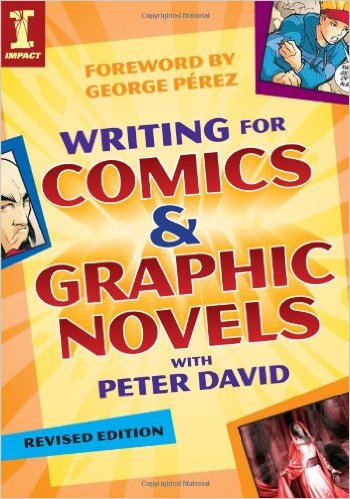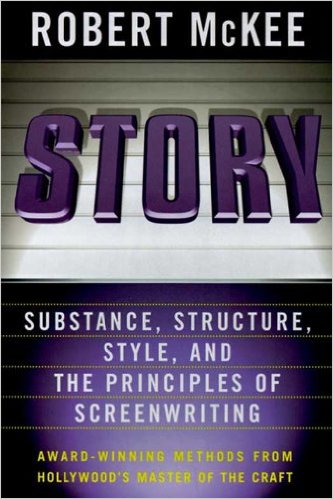 Every writer has their favorite books when it comes to improving their craft. Some are universally loved (like the first two on my list), must-owns on every writer’s bookshelf. But when you browse Amazon for a good book on writing, there are so many choices that it can become a bit overwhelming, especially if you’re just starting out. In honor of NaNoWriMo, I’ve put together a short list of books that have helped me over the years. I hope they help you, too!
Every writer has their favorite books when it comes to improving their craft. Some are universally loved (like the first two on my list), must-owns on every writer’s bookshelf. But when you browse Amazon for a good book on writing, there are so many choices that it can become a bit overwhelming, especially if you’re just starting out. In honor of NaNoWriMo, I’ve put together a short list of books that have helped me over the years. I hope they help you, too!

1 – The Elements of Style by William Strunk Jr. E.B. White – Also known as “My Bible.” Odds are, you’ve read this already, or at least browsed its pages. If not, I suggest you head on over to Amazon and grab yourself a copy. The book is concise and the information it contains is crucial for clear, stylish writing. I occasionally peruse the pages and attempt to beat certain passages into my head. It’s simply the best book on writing guidelines and tightening your craft.

2 – On Writing: A Memoir of the Craft by Stephen King – You didn’t really think you’d read a “Best of” list on writing and not see this masterpiece on it, did you? Okay, let the obligatory swooning over King’s masterful command over the language commence. He’s the best at what he does and I’m sure few would disagree with that statement. Although On Writing is partly a personal memoir, it’s still amazing and the lessons he teaches in the latter half of the book can’t go ignored. Whether you’re a fan of King or not, if you plan on taking a crack at this writer thing, On Writing needs to be on your bookshelf.

3 – Writing for Comics and Graphic Novels by Peter David – So, this isn’t a book on novel writing per se, but I think Peter David’s experience writing them, and his stellar work for Marvel Comics (The Incredible Hulk and The Dark Tower), are important to note. Bottom line: Peter David is a writer. And while this book is geared more towards comic book writing, Peter’s message remains on the importance of storytelling and structure. To me, that information is just as important as the technical aspects. Peter David is a master in his field and he has valuable information to bring to the table, a lot of which I think crosses over into other mediums.

4 – Story: Style, Structure, Substance, and the Principles of Screenwriting by Robert McKee – Like my third suggestion, this book doesn’t have anything to do with novel writing; it’s all about how to take the story in your head and make sense of it, structure it, and breathe life into it. If you’ve seen the movie Adaptation with Meryl Streep and Nicolas Cage, then you’re already familiar with this book. McKee’s Story is a wonderful book that has helped me organize the scenes in my head, and give my plot and subplots substance. Want to know why every Hollywood movie seems more or less the same? Well, McKee explains it all in great detail. Want to master the art of the Three-Act Structure? Five-Act Structure? It’s all here. I find this book incredibly helpful and I think both newcomers and veterans can benefit from giving this book a read.

5 – Vex, Hex, Smash, Smooch: Let Verbs Power Your Writing by Constance Hale – It’s hard to pick a favorite on this list, but Constance Hale’s book on the power of verbs is an enlightening experience. A lot of writers will make the mistake in using too many adjectives (myself included), but Hale’s book explains why you don’t need them at all. The basis of this book shows how nouns and verbs can drive your sentences, and stronger word choices can make your prose pop. This is a fantastic read and I find myself going back to it time and time again. It’s complete with optional exercises at the end of each chapter. Again, I believe this book can service novices and veteran writers alike. If you only check out one book off this list, I think this should be it.

6 – Outlining Your Novel by K.M. Weiland – Writers seem to fall on two sides of the fence when it comes to outlining: I love to outline! or F that Noise, outlining kills my creative output, man. If experience has taught me anything, no opinion on outlining is wrong. I happen to be stuck on the fence spikes and haven’t found a way off. Sometimes I outline, sometimes I take my chances and roll with it. Each project is different. Lately, I’ve found outlining more helpful, and Weiland’s book has been a big part of it. In it, the author stresses that outlines shouldn’t tether you to your story. It teaches you to treat them more like guidelines, a road map you can feel free to deviate from. I happen to like this method best. It keeps me from wandering too far from my story while allowing it to ebb and flow where it needs to. Also, if you plan on cranking out an entire novel in November, a solid outline will make your month easier.

7 – Manuscript Makeover: Revision Techniques No Fiction Writer Can Afford to Ignore by Elizabeth Lyon – Is it December? Did you just crank out a whole 50k word novel? If so, I applaud you. That’s fantastic. Now the question is: what do I do with it? Manuscript Makeover was one of the first writing books I read and it will forever hold a special place in my heart. Although it does offer tidbits on prewriting and characterization, the value is within the revision process, what to look for and how to look through an editor’s eyes. It offers tips and tricks on how to tighten your story and the prose itself. I always skim the pages and implement Lyon’s advice into my current project before sending my manuscript off to an editor. I love the chapters on revising for genre, and also the copyediting and marketing sections in the back of the book. It’s a must-read for anyone looking for the best chance to impress an agent or publisher.
Honorable mentions: Write. Publish. Repeat. by Sean Platt, Johnny B. Truant, and David Wright. Crystal Lake Publishing’s Writers on Writing series.
These are my favorite books on writing. I hope they help you in one way or another. What are yours?


 Every writer has their favorite books when it comes to improving their craft. Some are universally loved (like the first two on my list), must-owns on every writer’s bookshelf. But when you browse Amazon for a good book on writing, there are so many choices that it can become a bit overwhelming, especially if you’re just starting out. In honor of
Every writer has their favorite books when it comes to improving their craft. Some are universally loved (like the first two on my list), must-owns on every writer’s bookshelf. But when you browse Amazon for a good book on writing, there are so many choices that it can become a bit overwhelming, especially if you’re just starting out. In honor of 

















You must be logged in to post a comment.